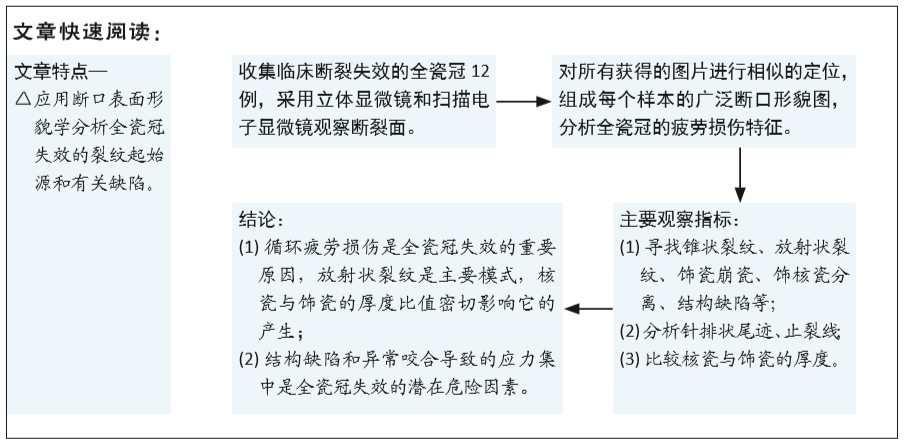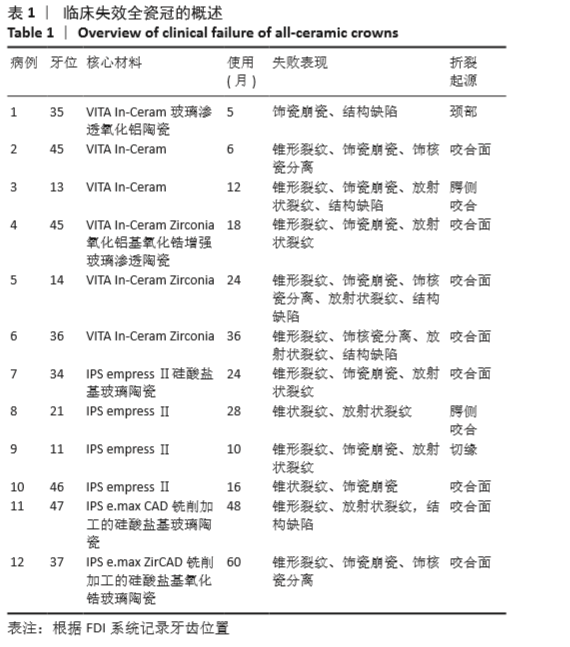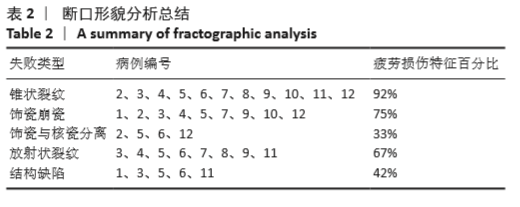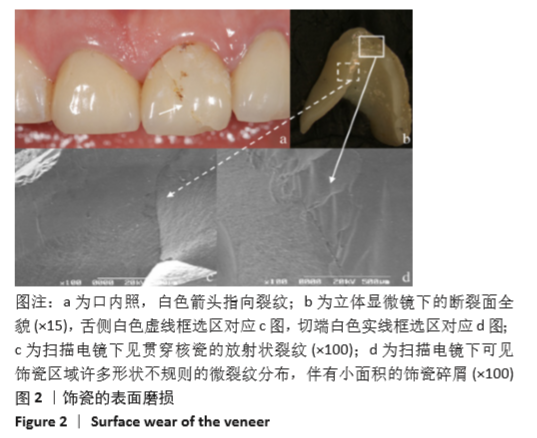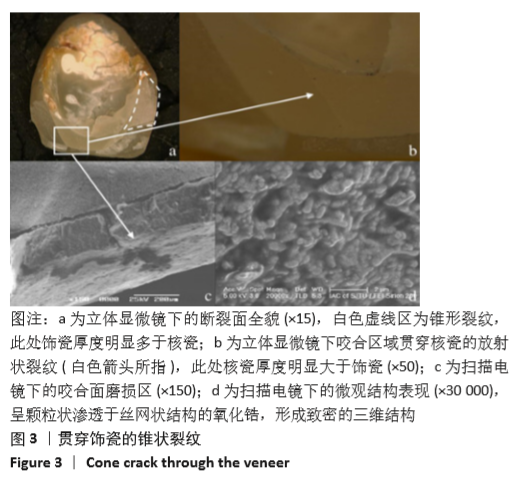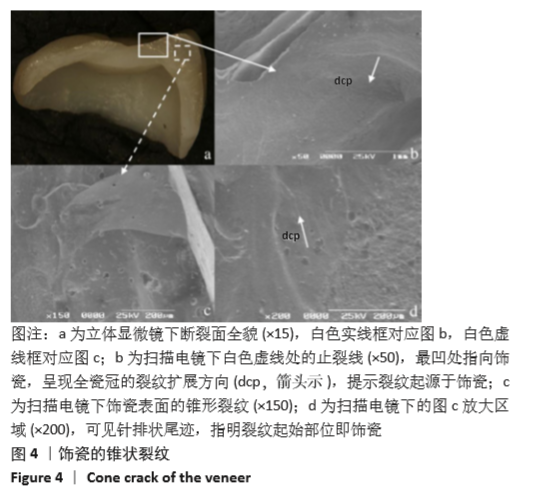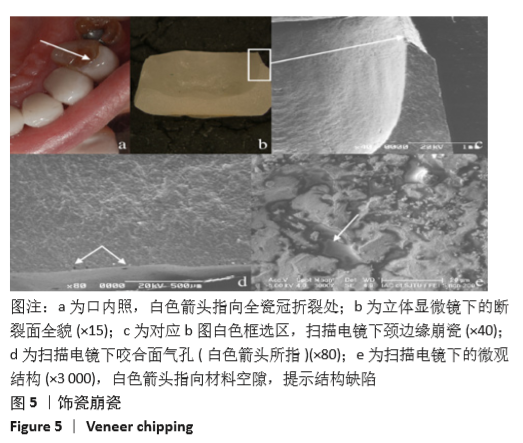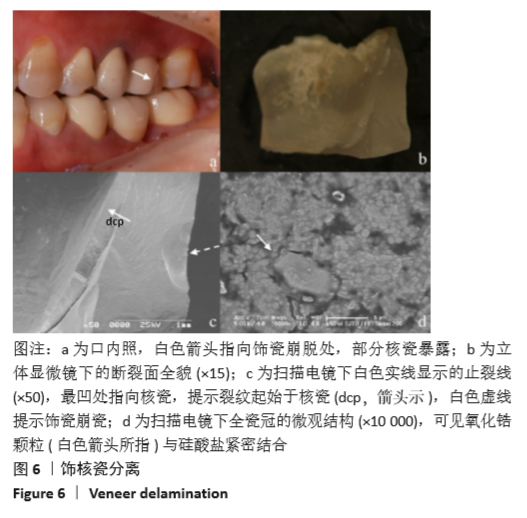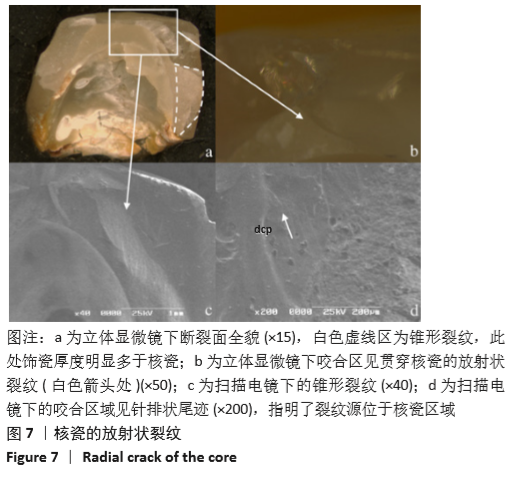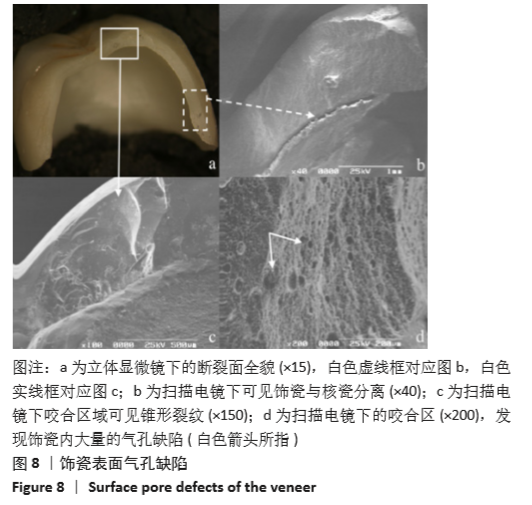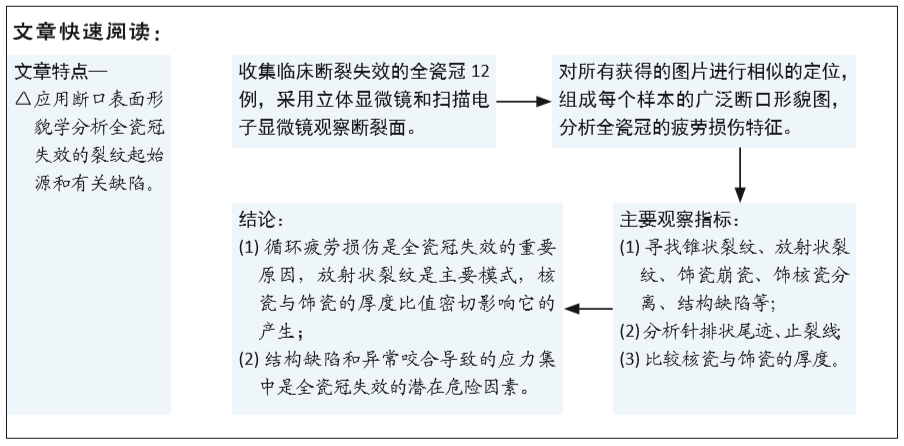[1] ZARONE F, DI MAURO MI, AUSIELLO P, et al. Current status on lithium disilicate and zirconia: a narrative review. BMC oral health. 2019;19(1): 114-134.
[2] SAILER I, MAKAROV NA, THOMA DS, et al. All-ceramic or metal-ceramic tooth-supported fixed dental prostheses (FDPs)? A systematic review of the survival and complication rates. Part I: Single crowns (SCs). Dent Mater. 2015;31(6):603-623.
[3] LOHBAUER U, SCHERRER SS, DELLA BONA A, et al. ADM guidance-Ceramics: all-ceramic multilayer interfaces in dentistry. Dent Mater. 2017;33(6):585-598.
[4] KELLY JR, CESAR PF, SCHERRER SS, et al. ADM guidance-ceramics: Fatigue principles and testing. Dent Mater. 2017;33(11):1192-1204.
[5] WENDLER M, BELLI R, VALLADARES D, et al. Chairside CAD/CAM materials. Part 3: Cyclic fatigue parameters and lifetime predictions. Dent Mater. 2018;34(6):910-921.
[6] ØILO M, HARDANG AD, ULSUND AH, et al. Fractographic features of glass-ceramic and zirconia-based dental restorations fractured during clinical function. Eur J Oral Sci. 2014;122(3):238-244.
[7] DENG Y, LAWN BR, LLOYD IK. Characterization of damage modes in dental ceramic bilayer structures. J Biomed Mater Res. 2002;63(2): 137-145.
[8] QUINN GD. Fractography of Ceramics and Glasses. http://dx.doi.org/10.6028/NIST.SP.960-16e2,2016.
[9] FERRUZZI F, FERRAIRO BM, PIRAS FF, et al. Fatigue survival and damage modes of lithium disilicate and resin nanoceramic crowns. J Appl Oral Sci. 2019;27:e20180297.
[10] WAKABAYASHI N, ANUSAVICE KJ. Crack Initiation Modes in Bilayered Alumina/Porcelain Disks as a Function of Core/Veneer Thickness Ratio and Supporting Substrate Stiffness. J Dent Res. 2016;79(6):1398-1404.
[11] NAWAFLEH NA, HATAMLEH MM, ÖCHSNER A, et al. Fracture load and survival of anatomically representative monolithic lithium disilicate crowns with reduced tooth preparation and ceramic thickness. J Adv Prosthodont. 2017;9(6):416.
[12] NAWAFLEH N, HATAMLEH MM, OCHSNER A, et al. The Impact of Core/Veneer Thickness Ratio and Cyclic Loading on Fracture Resistance of Lithium Disilicate Crown. J Prosthodont. 2018;27(1):75-82.
[13] FIGUEIREDO VMGD, PEREIRA SMB, BRESSIANI E, et al. Effects of porcelain thickness on the flexural strength and crack propagation in a bilayered zirconia system. J Appl Oral Sci. 2017;25(5):566-574.
[14] FLEMING G, DICKENS M, THOMAS L, et al. The in vitro failure of all-ceramic crowns and the connector area of fixed partial dentures using bilayered ceramic specimens: The influence of core to dentin thickness ratio. Dent Mater. 2006;22(8):771-777.
[15] KIM J, DHITAL S, ZHIVAGO P, et al. Viscoelastic finite element analysis of residual stresses in porcelain-veneered zirconia dental crowns. J Mech Behav Biomed Mater. 2018;82:202-209.
[16] ZHANG Z, ZHOU S, LI Q, et al. Sensitivity analysis of bi-layered ceramic dental restorations. Dent Mater. 2012;28(2):e6-e14.
[17] WENDLER M, BELLI R, LOHBAUER U. Factors influencing development of residual stresses during crystallization firing in a novel lithium silicate glass-ceramic. Dent Mater. 2019;35(6):871-882.
[18] LOHBAUER U, WENDLER M, RAPP D, et al. Fractographic analysis of lithium silicate crown failures during sintering. SAGE Open Med Case Rep. 2019;7:1983896X-2050313X.
[19] SCHERRER SS, LOHBAUER U, DELLA BONA A, et al. ADM guidance—Ceramics: guidance to the use of fractography in failure analysis of brittle materials. Dent Mater. 2017;33(6):599-620.
[20] PANG Z, CHUGHTAI A, SAILER I, et al. A fractographic study of clinically retrieved zirconia–ceramic and metal–ceramic fixed dental prostheses. Dent Mater. 2015;31(10):1198-1206.
[21] ØILO M, QUINN GD. Fracture origins in twenty-two dental alumina crowns. J Mech Behav Biomed Mater. 2016;53:93-103.
[22] MORAGUEZ OD, WISKOTT HW, SCHERRER SS. Three- to nine-year survival estimates and fracture mechanisms of zirconia- and alumina-based restorations using standardized criteria to distinguish the severity of ceramic fractures. Clin Oral Investig. 2015;19(9):2295-2307.
[23] KRUMMEL A, GARLING A, SASSE M, et al. Influence of bonding surface and bonding methods on the fracture resistance and survival rate of full-coverage occlusal veneers made from lithium disilicate ceramic after cyclic loading. Dent Mater. 2019;35(10):1351-1359.
[24] PRADIES G, GODOY-RUIZ L, OZCAN M, et al. Analysis of Surface Roughness, Fracture Toughness, and Weibull Characteristics of Different Framework-Veneer Dental Ceramic Assemblies after Grinding, Polishing, and Glazing. J Prosthodont. 2019;28(1):e216-e221.
|
